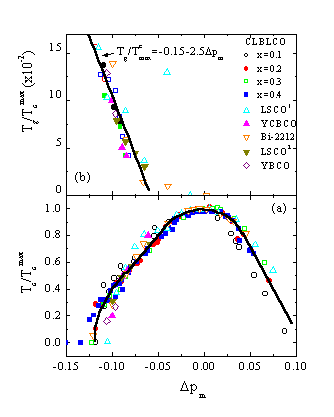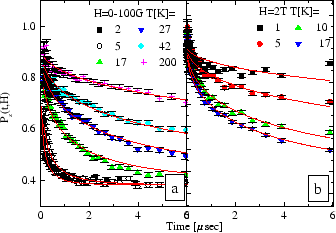High Tc Superconductivity
Common energy scale for magnetism and superconductivity in the cuprates One of the most challenging tasks of solid-state physics today is to understand the mechanism for superconductivity in cuprates. These materials, which have a relatively high critical temperature Tc, are based on doped CuO2 planes. Since at zero doping they are antiferromagnets, several theories ascribe…
Quantum Tunneling of the Magnetization
High spin molecules (HSM) are molecules consisting of ions coupled by ferromagnetic or antiferromagnetic interaction; these molecules crystallize in a lattice where neighboring molecules are very well separated, yielding at low temperatures (temperatures lower than the magnetic interaction between ions) molecules that behave like noninteracting giant spins. These molecules have a magneto-crystalline anisotropy, and the…
Frustrated Magnets
This research project is funded by the United States Israel Binational Science Foundation. The project name is Degenerate Magnets: A Study by Local Probes, and it duration is 1998-2001. The principal investigators are: A. Keren (Technion), Y. J. Uemura and G. M. Luke (Columbia Univ.). We have published the following papers on the subject: O.Ofer,…
Spin Glasses
Our major finding is:Mapping exotic spin correlations by field dependent muon spin-lattice relaxation measurements.Traditionally, the spin lattice relaxation time of a muon in a magnetic environment, also known as T1, is interpreted using the concept of spin correlation time. However, in some situations, no correlation time could be assigned to the spins, and a different interpretation of T1 is required. Our group…

